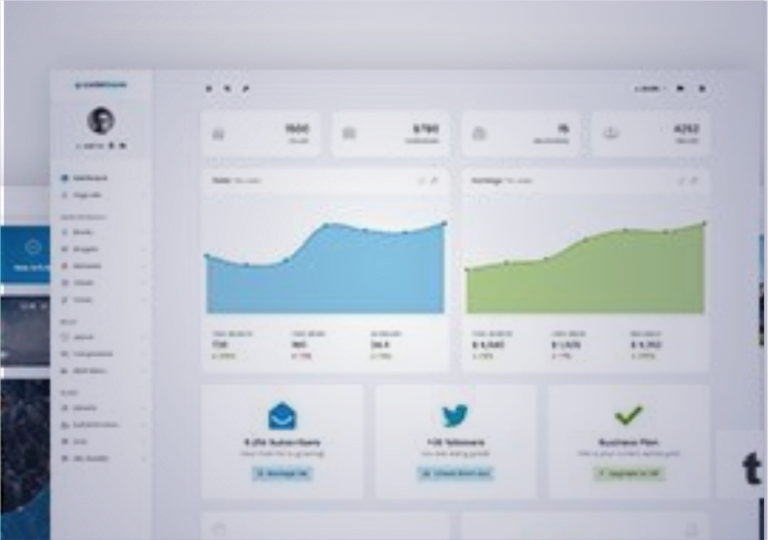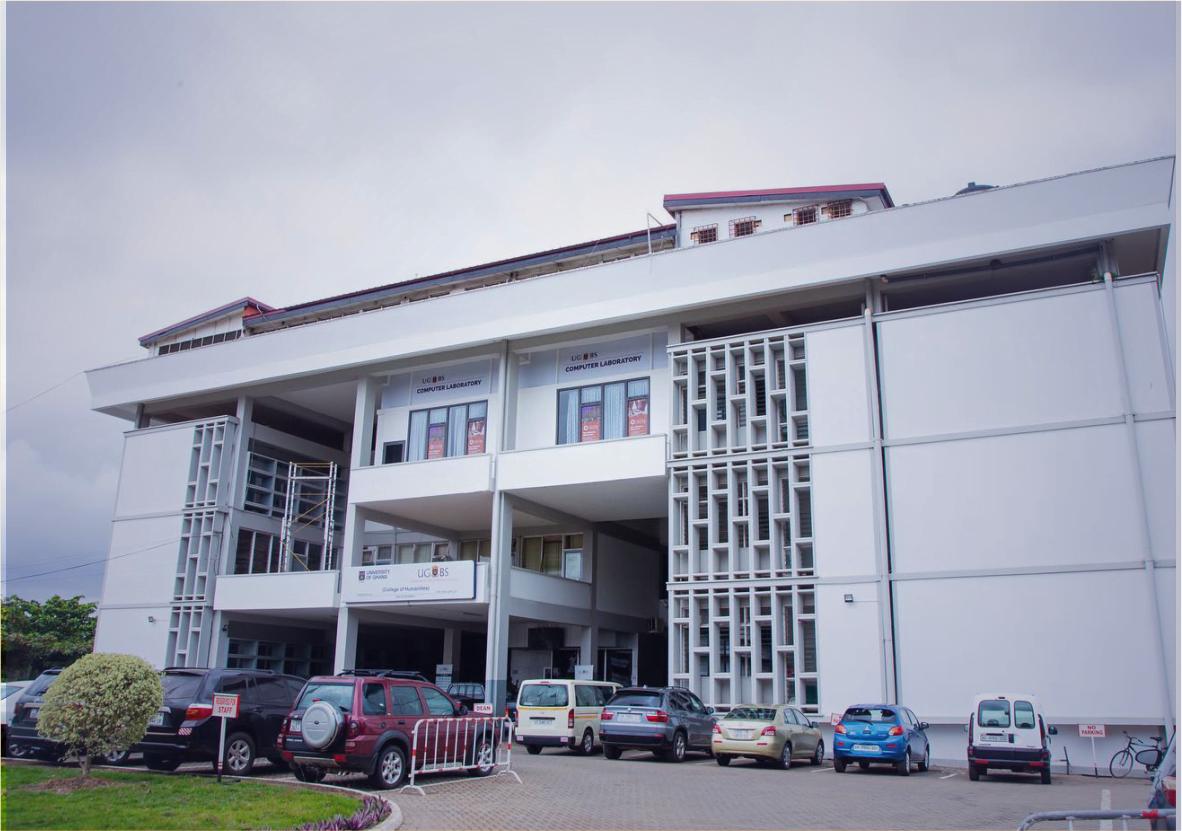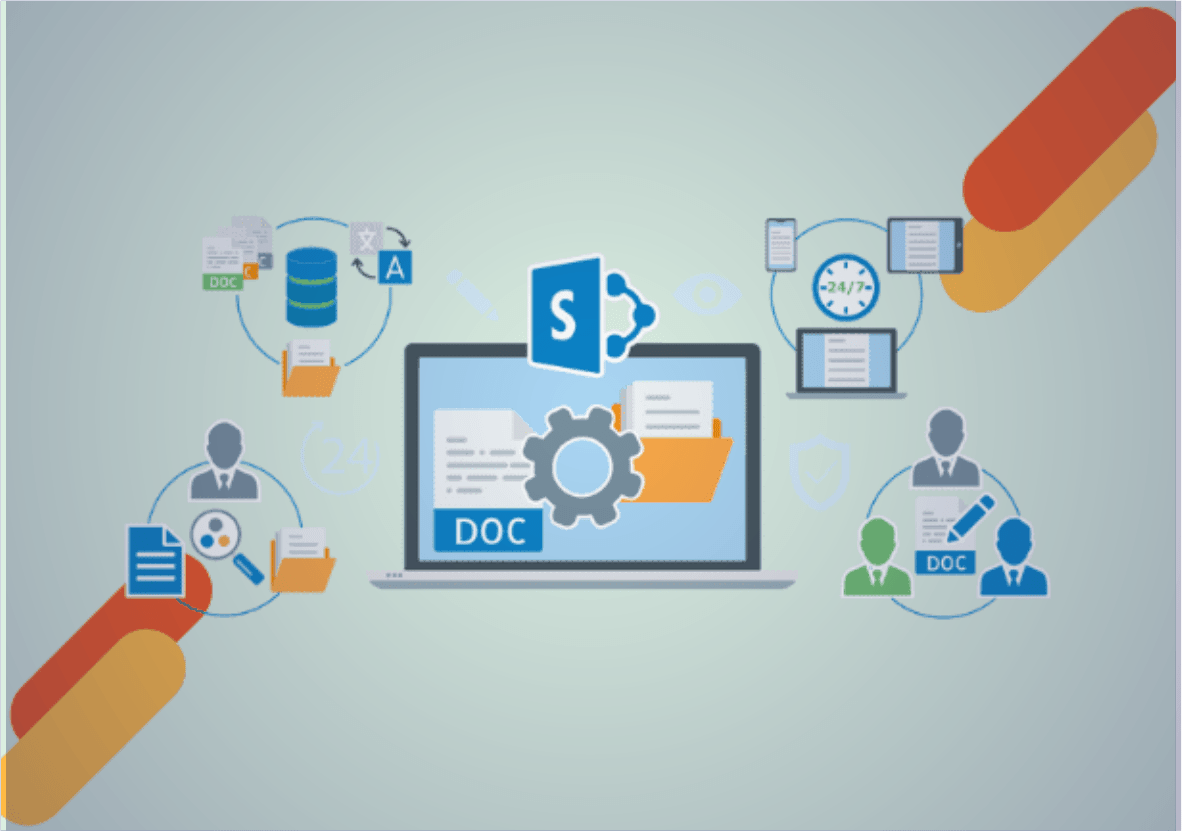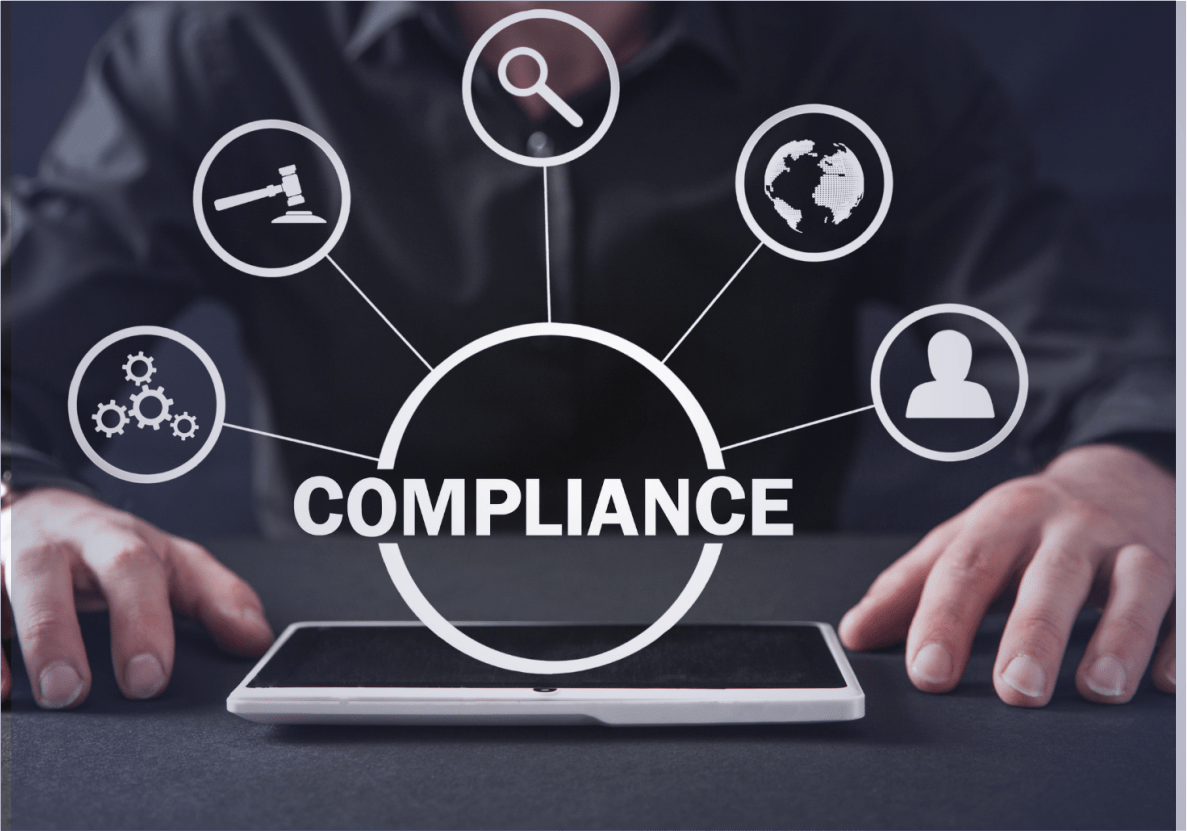Importance Of Student Data Management System
The education industry is always changing to satisfy the demands of administrators, teachers, and students in the fast-paced, technologically-driven world of today. Student Data Management System (SDMS) deployment is one of the major advances in this field.
Because of the many advantages these technologies provide—including improved educational outcomes, streamlined administrative procedures, and security and privacy of student data—they have become essential to the efficient operation of schools. Schools may establish an educational environment that is more responsive and successful, catering to the varied demands of administrators, teachers, and students, by utilizing the capabilities of SDMS.
What Is Student Data Management System ?
A Student Data Management System (SDMS) is a specialized software system for managing, storing, and processing a wide range of student-related data at educational institutions. This system provides a unified platform for gathering, organizing, and analyzing student information, allowing schools to simplify administrative duties, improve communication, and enable data-driven decision-making.
A Student Data Management System is an essential tool for modern educational institutions, as it provides a comprehensive solution for managing student information, increasing administrative efficiency, boosting communication, and enabling data-driven decision-making. This article examines the importance of SDMS in schools, emphasizing its benefits and revolutionary influence on the education system.
Enhancing Administrative Efficiency
One of the primary reasons schools need a Student Data Management System is to enhance administrative efficiency. Traditional methods of managing student data involve extensive paperwork and manual record-keeping, which are not only time-consuming but also prone to errors. SDMS automates these processes, allowing administrators to manage student information more accurately and efficiently.
With SDMS, tasks such as enrollment, attendance tracking, grade recording, and reporting can be completed quickly and with minimal effort. For instance, when a student enrolls, their information is entered into the system once and can be accessed and updated as needed by authorized personnel.
This eliminates the need for repetitive data entry and reduces the chances of errors. Furthermore, SDMS can generate various reports, such as attendance records, academic performance summaries, and disciplinary actions, with just a few clicks. This saves time for administrators, enabling them to focus on more strategic tasks that contribute to the overall improvement of the school.

Improving Communication and Collaboration
Effective communication and collaboration are essential for the success of any educational institution. SDMS facilitates seamless communication between students, parents, teachers, and administrators. By providing a centralized platform for information sharing, SDMS ensures that everyone involved in the education process is well-informed and engaged.
For example, teachers can use SDMS to post assignments, grades, and feedback, which students and parents can access in real-time. This transparency helps parents stay informed about their child’s academic progress and enables them to support their learning journey more effectively. Additionally, SDMS can send automated notifications and alerts to parents and students regarding important events, deadlines, and updates.
This ensures that everyone is aware of what is happening in the school and can take appropriate action when needed. SDMS also fosters collaboration among teachers by providing tools for sharing resources, lesson plans, and best practices. This collaborative approach promotes a culture of continuous improvement and professional development, ultimately enhancing the quality of education provided to students.
Supporting Data-Driven Decision Making
In the modern educational landscape, data-driven decision-making is crucial for improving student outcomes and institutional effectiveness. SDMS provides schools with access to comprehensive and accurate data, enabling them to make informed decisions based on evidence rather than intuition or assumptions.
By analyzing data on student performance, attendance, behavior, and other metrics, educators can identify patterns and trends that may indicate underlying issues or opportunities for improvement. For example, if data reveals that a significant number of students are struggling with a particular subject, the school can investigate the cause and implement targeted interventions to address the issue.
Similarly, attendance data can help identify students who may be at risk of falling behind, allowing the school to provide timely support and resources to keep them on track. Moreover, SDMS enables schools to monitor the effectiveness of their programs and initiatives by tracking key performance indicators (KPIs). This data-driven approach ensures that resources are allocated efficiently and that efforts are focused on strategies that yield the best results for students.
Enhancing Student Engagement and Learning Outcomes
Student engagement is a critical factor in achieving positive learning outcomes. SDMS plays a vital role in enhancing student engagement by providing personalized learning experiences and fostering a supportive and interactive learning environment.
With SDMS, teachers can access detailed information about each student’s strengths, weaknesses, and learning preferences. This allows them to tailor their instruction to meet the individual needs of each student, promoting a more personalized and effective learning experience. For instance, teachers can assign differentiated tasks and activities based on students’ abilities, ensuring that each student is appropriately challenged and supported.
Additionally, SDMS offers tools for interactive and collaborative learning, such as discussion forums, group projects, and online assessments. These tools encourage active participation and engagement, making learning more enjoyable and meaningful for students. Furthermore, SDMS provides real-time feedback on assignments and assessments, helping students understand their progress and areas for improvement.

Ensuring Data Security and Privacy
The security and privacy of student data are paramount concerns for schools. With the increasing amount of sensitive information being collected and stored, schools must have robust systems in place to protect this data from unauthorized access and breaches. SDMS addresses these concerns by implementing advanced security measures and protocols.
SDMS ensures that student data is stored securely and can only be accessed by authorized personnel. This includes encryption of data, secure login procedures, and regular audits to detect and address any vulnerabilities. Additionally, SDMS allows schools to control access to specific data based on user roles and permissions. For example, teachers may have access to academic records and attendance data, while administrators may have access to a broader range of information.
Furthermore, SDMS helps schools comply with data protection regulations and standards, such as the Family Educational Rights and Privacy Act (FERPA) in the United States. This ensures that student data is handled responsibly and ethically, safeguarding the privacy of students and their families.
Student Data Management System Importance
Conclusion
To sum up, in order to optimize administrative effectiveness, foster better communication and teamwork, facilitate data-driven decision-making, and guarantee the security and confidentiality of student data, modern schools must deploy a Student Data Management System.
Furthermore, parent-teacher relationships, compliance and reporting, equality and inclusion, resource management, and continuous improvement are all made easier with the help of SDMS. It also plays a critical role in improving student engagement and learning results.
Schools may build an inclusive, productive, and successful education system that satisfies the many demands of students, teachers, and administrators by utilizing the capabilities of SDMS. The implementation of SDMS will be more crucial as technology develops in order to guarantee that educational institutions can satisfy the needs of all students and deliver high-quality instruction.

































































